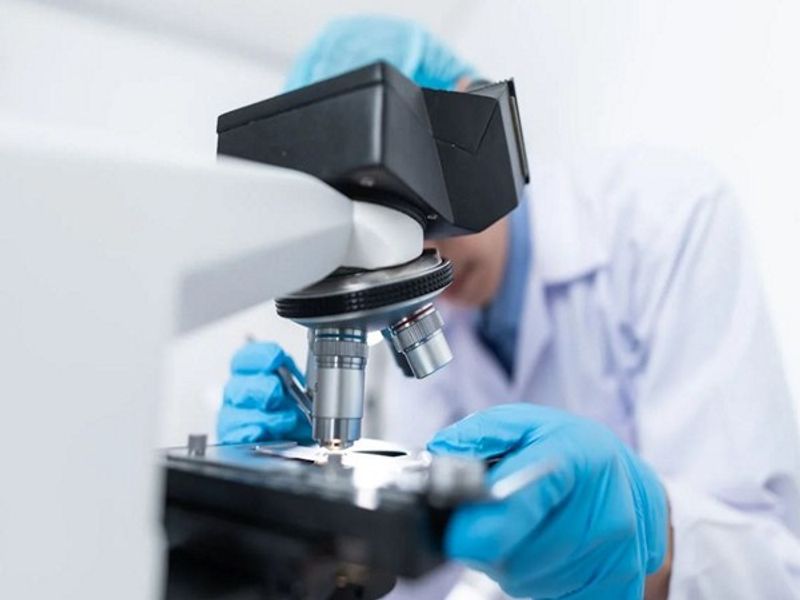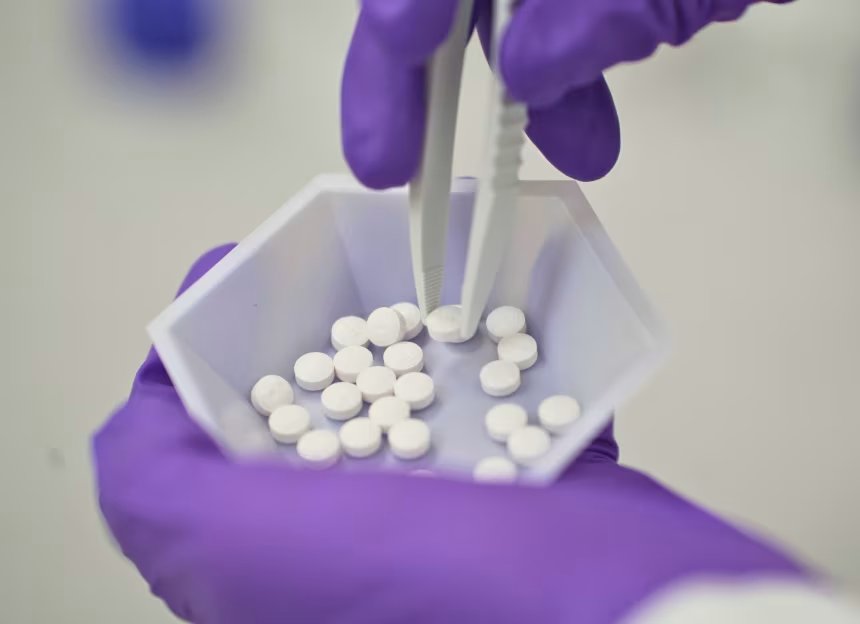New method of scanning shows effects of treatment on lung function

Researchers at Newcastle University have unveiled a groundbreaking MRI-based lung scan that visualizes airflow in real time, offering unprecedented insight into how respiratory treatments impact lung function.
In a pair of studies published this month, lasers emit a safe, inhalable gas—perfluoropropane—visible during MRI. This allows medical teams to monitor exactly how air distributes throughout lungs as patients breathe, before and after treatments.
In one trial featured in Radiology, the team demonstrated improved ventilation in asthma and COPD patients following inhalation of the common bronchodilator salbutamol. Scans clearly showed previously under‑ventilated regions responding to therapy, enabling quantifiable tracking of treatment effectiveness.
A second study, published in JHLT Open, applied the technique to lung transplant recipients. These scans successfully identified early signs of chronic rejection, such as diminished airflow in transplanted lung areas—even before standard breathing tests detected issues.
Professor Pete Thelwall, magnetic resonance expert at Newcastle, said, “Our scans reveal patchy ventilation and allow us to see which regions respond to treatment,” adding that the new method could enhance clinical trials and patient monitoring.
Experts believe this imaging breakthrough offers clinicians a powerful tool: the ability to detect functional improvements immediately, customize therapies, and intervene earlier—benefiting those with asthma, COPD, or post-transplant complications.
By Staff Writer, Courtesy of Forbes | December 25, 2024 | Edited for WTFwire.com
Source: Newcastle University
: 567







